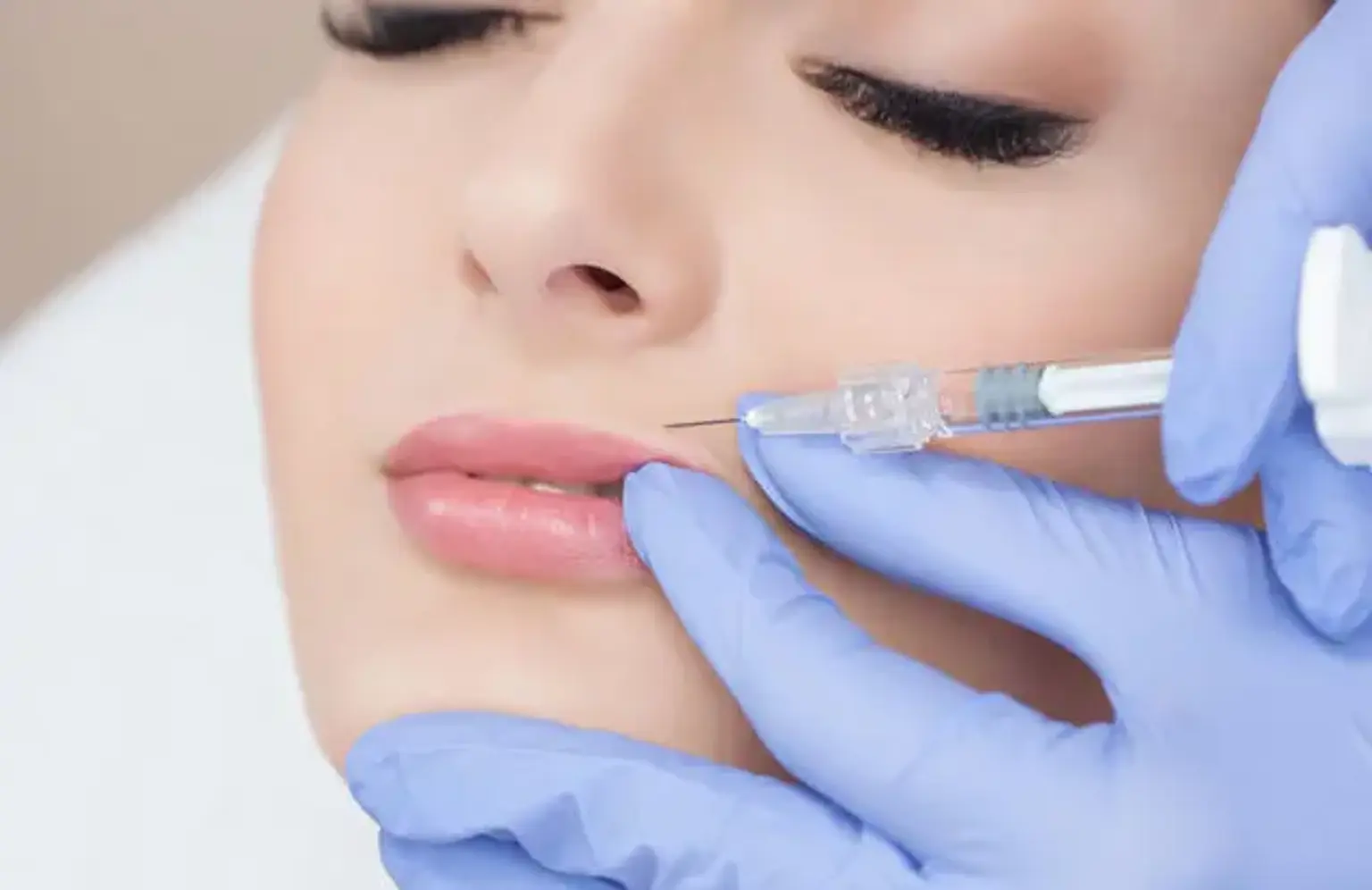Introduction
Over the past few years, lip augmentation has become one of the most popular cosmetic procedures worldwide, particularly in South Korea, where beauty trends often set global standards. From temporary dermal fillers to more lasting options, many people seek fuller, more youthful-looking lips to enhance their facial features and boost their self-confidence. Among the most sought-after treatments is permanent lip augmentation, a procedure that offers long-lasting results compared to traditional lip fillers.
As the name suggests, permanent lip augmentation uses surgical techniques to enhance the size and shape of the lips, providing a more permanent solution than temporary fillers. With Korean aesthetic standards often emphasizing a youthful, symmetrical appearance, permanent lip augmentation is gaining traction, not only among Koreans but also among international patients seeking high-quality cosmetic surgery.
If you’ve been wondering whether permanent lip augmentation is right for you, this article will guide you through the procedure, its benefits, and the reasons it has become so popular in Korea. Whether you’re struggling with thin lips or looking to enhance your lip shape, understanding your options is key to making an informed decision.
What Is Permanent Lip Augmentation?
Permanent lip augmentation is a cosmetic surgical procedure designed to enhance the volume, shape, and symmetry of the lips using implants or fat grafting techniques. Unlike temporary lip fillers, which typically need to be reapplied every few months, permanent lip augmentation offers long-lasting results, making it an appealing choice for those who desire a more permanent solution to thin or uneven lips.
The procedure involves inserting an implant into the lips, typically made from medical-grade silicone, Gore-Tex, or other biocompatible materials. These implants can be custom-designed to fit the patient’s lip structure and achieve the desired fullness and contour. The surgery itself is relatively straightforward and typically performed under local anesthesia with a minimal recovery period.
Alternatively, fat grafting—another form of permanent lip augmentation—uses the patient’s own fat cells harvested from other areas of the body (such as the abdomen or thighs). The fat is purified and then injected into the lips to restore volume and shape. Since it’s your body’s natural fat, there’s a lower risk of rejection or allergic reaction.
The key benefit of permanent lip augmentation is the longevity of the results. Once the implant is placed or fat is injected, the results can last for many years, offering a natural, fuller appearance without the need for frequent touch-ups.
